How to design a logo: 12 steps to creating a business logo from scratch
A practical guide to learn how to design a business logo, step-by-step
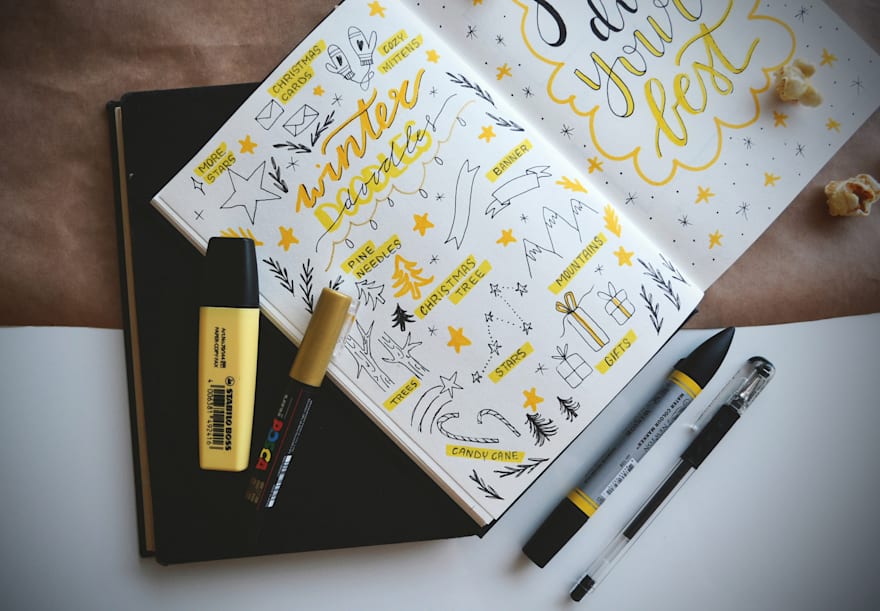
The absolute power of a logo is for it to be memorable. When your business logo can be instantly recognized, you know you have a winner. But you might ask yourself: how can I get a memorable logo made?
In this guide, we'll go through all the aspects of creating a business logo, from assessing your brand identity, and getting ideas to choosing a logo style that fits your brand and working with a designer, and more.
The 12 steps for creating a business logo from scratch
1. Understand why your business needs a logo
A logo is an important aspect of your business's branding and visual storytelling. Without one, you are left without a face for customers to recognize.
These are the 5 most important reasons why your business needs a logo:
- A logo acts as a foundation for the entirety of your visual branding.
- It's something customers and clients will always expect you to have.
- Your logo helps attract new clientele.
- A good logo helps your business stand out from the competition.
- It helps foster brand loyalty through association and memory.
So remember: your logo must be memorable, and It must also give a positive first impression. The only way to achieve the above two is by creating a powerful logo that inspires and invites.
Take for example some of the logos we all know and love:
The Coca-Cola logo hasn't changed much since its early beginnings and pretty much everyone in the world recognizes it. It's so memorable that the logo has inspired fonts and the color is commonly known as Coca-Cola red. Similarly, the McDonald's logo, with its famous and memorable golden arches is known the world over. You don't even need to see the word "McDonald's" to recognize the arches.
2. Define your brand identity
Before you create a new business logo, it’s imperative that you first settle on the brand identity and the story behind it. A large part of your brand identity is the emotion it transmits. This is called emotional branding and its foundation is based on storytelling and your brand values. It's highly important to apply emotional branding to your business logo and all creative assets.
Emotional branding has many benefits for your business, such as:
- Helping your brand stand out from the competition.
- Enhancing brand recognition by creating a human connection.
- Improving customer retention and brand loyalty
- Increasing word-of-mouth recommendations.
- Better ad targeting to improve sales and ROI.
Finding your brand identity takes time and dedication, here below we have listed some key questions you should consider to create your brand identity:
What pain point does your brand solve for people? Your brand must solve something specific in your audience. By targeting a specific problem in their life or work, you can create a brand identity around that.
Who are the people you are solving this pain point for? Who exactly is your target audience? The more specific you can get, the better. What is their age range? Where do they live? What are their normal days like?
Why did you create this brand and company? Look deep inside the reason why you built your company. Was it to solve a need you yourself had? Were you looking for ways to help a specific sector of people? Tapping into your "why" is a great way to define a brand identity.
What are your brand values? Your brand values are the basis of how you work and offer your products or services. It's also the foundation for your work environment, employees and supplier. Having concrete brand values keeps your organization in line with your brand and your "why."
How does your personal story fit into the creation of this brand? Storytelling is a large part of brand identity. It's highly common for a founder's personal story to intertwine with their brand story. Most often than not, the business was ideated out of a personal need or of someone close to them. Is this your case? If so, use it as a storytelling foundation for your brand identity.
What emotion does your brand inspire in people? When your brand is encountered out in the world, what emotion should it evoke? Tap into that and analyze how it can be applied to the brand's story.
Once you know the answer to these questions, you can create a brand identity and tap into emotional branding. This forms the foundation for the creation of your logo. When your designers have this information to work with, they will create a better logo that will match your brand identity.
3. Find some logo ideas to inspire you
If you don’t know what you want your logo to look like, it’s easy to find ideas and inspiration, but from where do you start?
Brainstorm logo ideas
First, brainstorm ideas. The most important rule of brainstorming is to get all the ideas out without judgment. Even if it sounds or looks horrible, get it out there. You never know what may spark the idea that leads to "the one."
It's best if you can work with a few other people at this stage. You'll all want to put yourself into the shoes of your target audience and think about how you want them to see you. Make a list of words that describe how you want the company to be perceived.
Also, write down concepts that could help you get across your desired perception. For example, if your product is an app that helps people to slow down videos, you could brainstorm images that represent slow like a snail or a turtle. Once you have a clear definition and a sizeable list of ideas, take a break for a day or two. Then, come back with a fresh set of eyes.
Create a vision board
Meanwhile, the next step is to create a vision board (also called mood board or inspiration board). A vision board is a collection of images, like a collage, that helps visually communicate the look and feel that you want for your logo. This helps ensure that everyone is on the same page.
Why is it so important? Because you can verbally explain an idea and every team member will likely have a different mental image of what it looks like. When you create a visual board, everyone involved can see how the idea translates into imagery. It clarifies the vision, makes collaboration easier, and can help to save you time by getting you to the right logo faster.
How do you create a vision board?
In short, you'll browse the internet for images and combine them all in one place. An easy way to do this is by creating a private Pinterest board that you share with your team. Here are a few guidelines on what images you should collect:
- Logotype: There are various types of logo designs including a wordmark, emblem, pictorial mark, letter mark, combination, mascot, and abstract design. Browse logos from other companies and add the ones that you would like to use as inspiration.
- Typography (fonts): Browse fonts and add photos of fonts that you think would best represent your brand.
- Color: You'll want to show the colors that you'd like the logo to include. You can do this through imagery that includes the colors or color palettes.
- Style: Look for photos that express the style you would like for your logo. For example, if you are going for a vintage feel, you may have retro-style images.
Aim for a vision board with 35-40 images. This will give you enough images to provide guidance for the design but not too many where it's overwhelming. You can also have different team members create their own vision boards and then you come together to combine the images that you all agree are best.
Check out your competitors
Lastly, check your competitors. Collect the logos from various competitors and analyze them. What style, typography, type, imagery, and color scheme did they use? What do you like and what don't you like? How can your logo stand out in your industry? You'll want to sit down with your team and discuss the answers to these questions.
4. Pick a design style that fits your brand
A crucial aspect to consider when creating a logo is its visual aesthetic. Your brand and your logo are one entity and must be in a visual union. For example, if your company is a vintage clothing and trinkets shop, your business logo should have some sort of vintage feel to it. The visual perception of the design of your logo must match what your business and brand are about.
5. Understand the meaning of logo shapes
When designing your logo, it's important to consider the shape of your logo. Here's a closer look at the various types of logo shapes and what they mean:
6. Choose the right type of logo
Logos come in different styles. From just a word to an icon or image with a word to a full emblem. The choice of which type of logo to use depends on where you want to use your logo and for what capacity. A well-designed logo strategy includes two or three versions to use in different ways.
Most designers will start with a combination mark that can be separated into a wordmark and abstract mark or a lettermark and a pictorial mark. Let's look at the different types of logos.
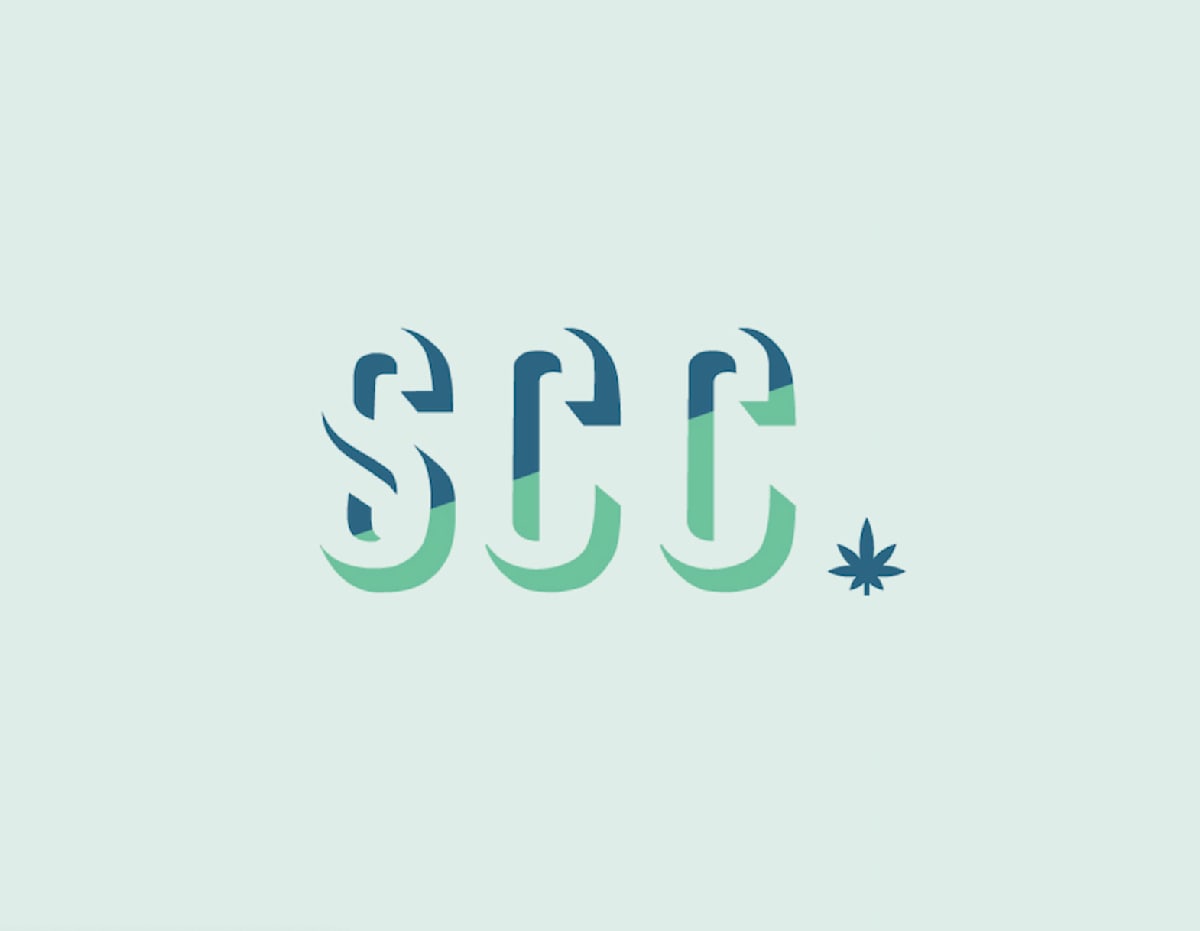
Lettermark logos
Lettermark logos , also called monogram logos, is one that is made up of the abbreviated letter of a longer name. For example, NASA, and IBM.
Wordmark logos
Wordmark logos are made up of the actual business name. The word is the logo and there is no imagery to go with it.

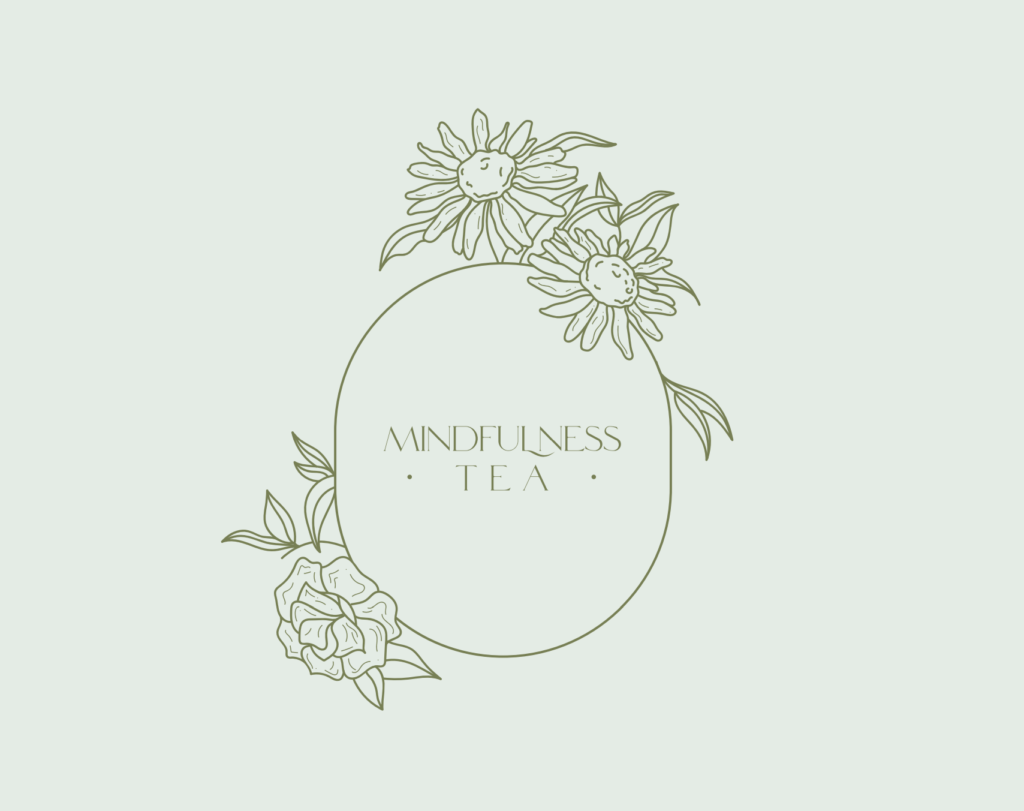
Combination mark logos
Combination marks are a two-part logo with a word and a visual. The imagery can be a pictorial mark an abstract mark, an icon, or a mascot.
Abstract mark logos
An abstract mark is a visual that isn't instantly recognized as something specific. These are usually geometric custom forms created for the logo.
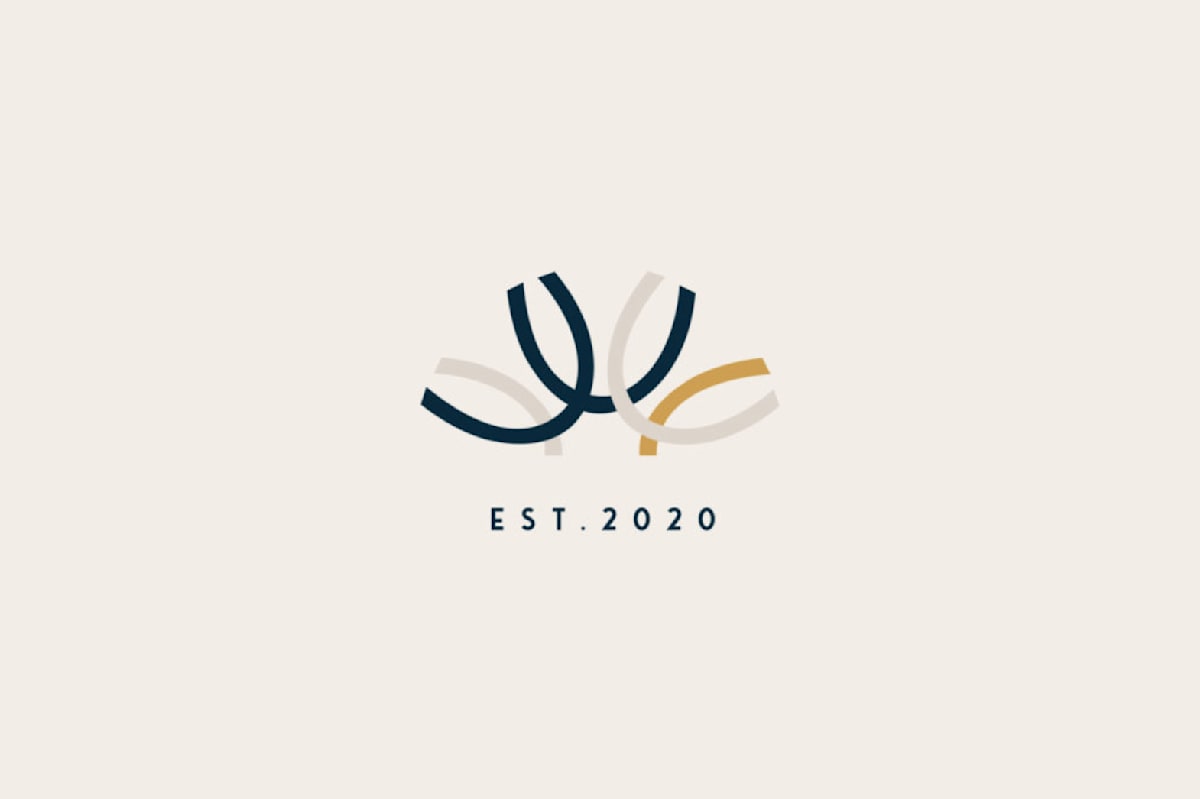

Pictorial mark logos
A pictorial mark is a shape or icon that is instantly recognizable, like the Apple apple or the Twitter bird.
Emblem logos
Emblem logos are a more complicated version of logos. It includes words, images, and a shape that unifies it all like a badge or coat of arms. Harley Davidson has a famous emblem logo.

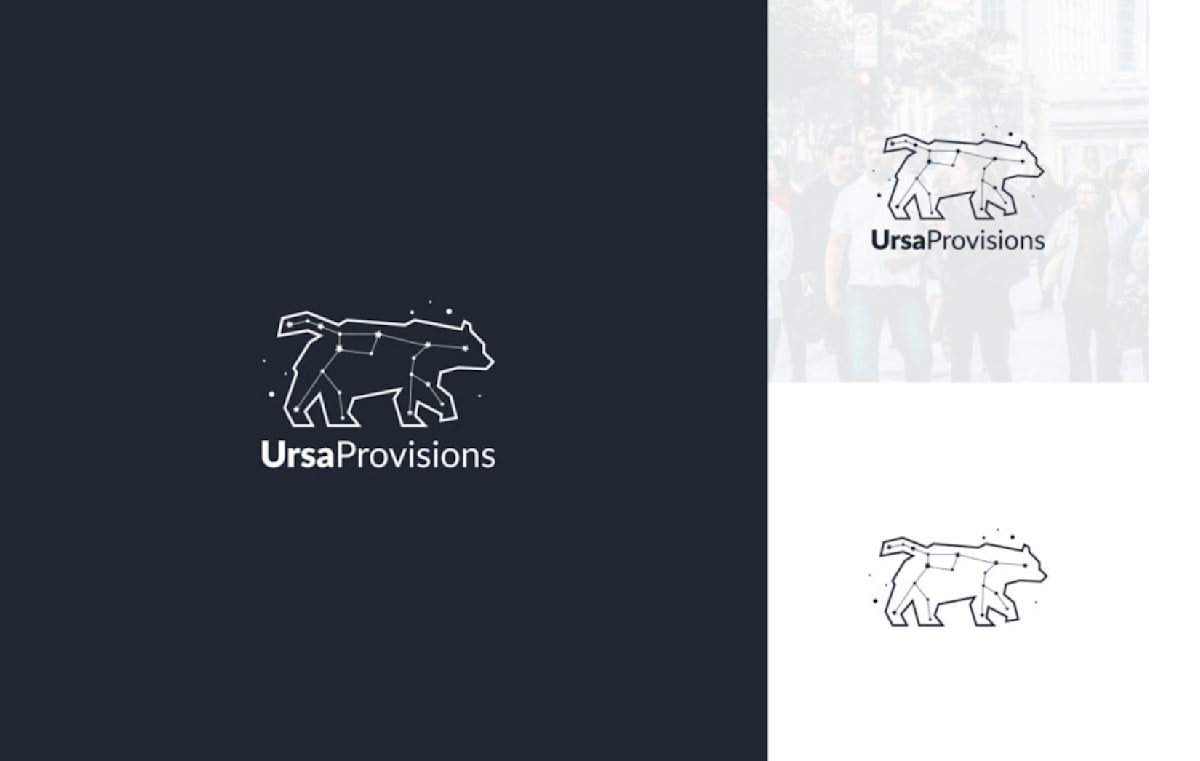
Mascot logos
Mascot logos are logos with mascots in them. A mascot can be included in a combination mark, but a mascot logo is just the mascot with no words.
7. Understand the meaning behind logo colors
The colors used in the design of your business logo are extremely important. Colors trigger emotions and perceptions, both personally and culturally. The color you use in your logo must match your brand identity and it needs to be the right shade of that color. Yellow, for example, is bright and inspirational when it's a sunny yellow but can be off-putting if it's leaning towards ochre or a sickly yellow.
Color combinations also carry a lot of weight. Be mindful of how you use two or three colors together. Many color combinations carry a perception that is hard to shake. For example, green and red are Christmas colors, red, white, and blue remind you of the United States flag, and orange and black are reserved for Halloween.
The psychology of color in logo design
Let's look at the psychology of how colors are perceived in logos.
Red is highly noticeable and impactful. It makes an impression. The color red evokes feelings of passion, excitement, and power but will also evoke danger and caution. The perception changes with the shapes and words used around it.
Orange logos are generally cheerful and vibrant. The shade of orange used is really important as there is a short range of orange shades that evoke positive feelings. If using orange, keep it vibrant and happy. Don't mix it with black unless you are a Halloween products company.
Blue, dark and vibrant is classic colors for corporate logos, while more neutral blues are common in the health sector. Blue is a dependable color that is well perceived all around.
Yellow logos are not very common, so it will call attention to your logo straight away. Nevertheless, yellow isn't suitable for all types of businesses. It's typically more of a lighthearted happy color. Stay away from yellows that look sickly or too green.
Brown is one of the least used colors for logos, but that doesn't mean you shouldn't use it. Use a shade of brown that looks more like chocolate or coffee and stay away from green-toned browns. Brown works well with natural, organic products with sustainable packaging design.
Green is used by most organic or ecologically minded brands. This is so common that consumers expect it if you have an environmental aspect of your business. If your business is in that niche, you're better off going with green in your logo so that consumers will associate it with instantly. Stay clear of the red and green combination unless your business is related to Christmas.
Pink is one of the most gendered colors for logos. The majority of feminine brands use pink in logos and branding. Go with pink if you want your brand to fit in that space. But if you want to stand out and appeal to anyone that identifies as a woman, choose another color.
Purple is commonly known as a royal or spiritual color. It's widely used in the health and wellness field and also in the feminine industry. Using purple in an industry that doesn't fit those niches is risky but if well done can be successful and memorable.
8. Choose your logo font
Similar to color psychology, logo fonts also carry emotions and perceptions. The fonts in your business logo must carry on your brand identity just like the colors and visuals. Choosing the right logo font is similar to the way you choose the logo style. Different types of fonts carry their own visual style.
Here are the most common types of fonts your designer can use:
Serif fonts: These are fonts with letters that have little extensions at the ends. Serif fonts are elegant and generally easy to read. Depending on the size of their serifs (the little extensions), they can be feminine, masculine, or gender-neutral.
Sans Serif fonts: The opposite of the above, the letters in these fonts don’t have extensions at the end. Sans serif fonts are easy to read and generally carry fun and easy-going appeal.
Slab fonts: Fonts with thick sans serif letters in a very heavy style are called slab fonts. This style of typography works really well for a logo as long as the brand identity matches the feeling it evokes. A low heavy slab font can represent dependability and confidence.
Script fonts: Calligraphy and handwritten fonts are made up of connected letters, much like the script we use to write. Script fonts are the typography of choice for signature fonts but can also be combined with a sans serif or serif for a combined logo style.
Novelty fonts: Novelty fonts, also called display fonts, carry a heavy cultural or creative impact. These are the most difficult fonts to use for a logo. Only use a novelty font if it makes sense with your brand identity. If you choose this route, a designer can create a novelty font for your logo that perfectly captures your brand message.
By using the psychology of fonts, you can start to narrow down your font options. For instance, Sans Serif fonts are perceived as stable, clean, and modern, while Serif fonts are traditional, respectable, and reliable. Now, think about the unique brand identity that you established earlier in the process and decide which font category most closely represents that identity.
You can give that category to your designer and let them present you with several font options with similar logo designs to see how the font works with the rest of your logo, or you can narrow down your font options even further with some of these methods:
- Use the font library in Microsoft Word or another word processing software and experiment with different fonts.
- Try a larger font database like Google fonts or the fonts library to find a font that is more unique to your brand.
- Keep an eye out for fonts you like on websites, posters, or signs you run into during your day-to-day activities. Use a font finder tool to identify the fonts you like to give your designer ideas.
You may also consider giving your designer a few fonts to use as inspiration and ask them to create a custom font that will be entirely unique to your brand, helping you stand out even more.
9. Design your logo
Now it's about time to get your logo designed, if you don't have an in-house designer then you are left with three options:
- You can work with a design agency
- You can design the logo yourself using a logo maker tool
- You can hire a freelance logo designer
Working with a design agency can definitely be very expensive, so let's focus on the two other options available.
Using a logo maker tool
A logo maker is the cheapest solution you can choose from, the only limitation is that they all are 100% software-driven. There is no human interaction whatsoever behind them, therefore apart from being able to choose some basic design preferences, you don't have much more customization options available.
We might sound biased in saying this, but the reason why Fiverr's logo maker works differently is that the logo solutions you are provided with are based on a wide selection of logo designs made by designers on Fiverr.
But that's not all! The nice part is that if you wish to further customize it, you simply can request the designer of your logo to customize it for you.
10. Evaluate your logo deliverables
To evaluate the different logo options your designer provides you with, the best and easiest option you have, it's to get feedback from your friends, family members, or co-workers. The more people see and comment on your logo, the best.
That said a good logo has some very specific characteristics:
- It's relevant to your brand's image and message
- Is simple and immediately recognizable
- Is versatile and equally looking good on all your branding materials
- Is memorable and impactful, vehiculating a positive first impression that last
- Is scalable to all sizes and still looks good
To help you further evaluate your logo deliverables, ask yourself questions such as:
- Does your logo recall your brand personality?
- Does your logo differentiate you from the competition?
- Is your logo scalable and would it work on all sizes?
- Does it appeal to your target market?
11. Important mistakes you should avoid when designing a logo
There are a number of common mistakes that turn logos into failures, and it's important to keep them in mind from the beginning so you won't have to redo your work later. Here’s a list of the mistakes you need to steer away from.
- Copying another business’s logo. Never copy a logo from another business. Being inspired by someone else’s logo is fine, just don’t copy it. If consumers and clients see your logo and instantly think “Hey, that looks like that other logo," you have a problem. Another angle about copying other logos is the use of AI-generated logos or using a logo maker. Putting a random icon together with a bit of text will make your logo look like a million other logos out there. When you communicate with your designer, make sure it’s clear what type of icons they will use. Will it be a sourced visual or will they custom design it? Your logo is the most visible part of your business, make it as unique as possible.
- Not taking into account cultural and sociological nuances. Another common error that can make a logo fail is not taking into account cultural and sociological nuances. For example, the location where you do business, be it local or international, is an important aspect to consider when creating a logo. Don’t use a symbol that you like without knowing what it means. It might be religious imagery or carry a cultural connotation that could cause confusion or a negative or even offensive impression in some places. A common mistake involving sociological nuances has to do with the placement of elements in logo design. What might look to you like an adult holding a child protectively can be misconstrued as something else. These are technically innocent mistakes but can cost you many headaches later. To avoid this mistake, simply be vigilant, and conscious and check all the visuals with people from diverse backgrounds.
- Forgetting to consider the consumer. It’s common for business owners to like a logo design so much that they forget the importance of how the consumer perceives it. Remember that the logo is for your clients, not for you. This mistake is most common among amateur designers who are concerned more with final aesthetics rather than the message it conveys.
12. Integrate your logo design into your branding material
Once your logo is finalized it's time to integrate it into your branding material. Your logo should be added to every visual aspect of your business brand, from email headers to printed flyers and posters. The versatility of your logo depends on how many versions it has. If your logo has a wordmark, a pictorial mark, and a combination mark, they can be used interchangeably in different assets.
Below are some examples of how and why to integrate your logo design into your branding material:
- Your business cards need to have your logo on it, not just your name and contact details. A business card is easily the no.1 branding asset when it comes to meeting people in person. Every person in your company should have their own card with the logo on it.
- Letterheads must have your logo at the top (and in other creative ways) so that every letter you send out will be recognized as yours. Newsletters also have letterheads, they're just called newsletter headers.
- Your employees can have uniforms with the logo embroidered on the lapel or hat. This way they are recognized in your locale and also when they are out in the world. Make it a rule that they cannot engage in unsightly behavior when wearing the uniform.
- The list goes on but essentially the point is that your logo must be on all brand assets so that all your visual assets are in tune and on-brand.
Many Fiverr designers offer extra designs with your logo, like business cards, letterheads, social media headers or templates, and more. The variety depends on what the designer offers. Here is a list of common visual assets where your logo can be added:
- Email and newsletter headers
- Business cards
- Business letterheads and envelopes
- Company car side magnet
- Merch: shirts, hats, pens, pins, and totes
- Website, blog, and social media headers and posts
- Flyers, posters, stickers, and other printed materials, etc...
Conclusion
When you have a logo that makes a positive first impression of your business, it will have a lasting effect. Use emotional branding to help boost the impact of your logo design and branding assets. Take your time to find the right designer for this task. You need to be sure that they will understand your brand values and what matters to you when it comes to your business logo.
In this guide, we looked at important aspects of designing a logo:
The design options for creating a logo. Even if you aren't creating the logo yourself, knowing these things can greatly improve your communication with a designer. When you understand the lingo, you will be more inclined to stay true to your values during the design process.
How important your brand identity is to an emotional branding strategy and how your logo plays an important part in all your visual branding assets. This is another reason why it's important to have a good rapport with a designer, so they can tap into the deeper parts of your brand.
We recommend you choose a designer that offers at least two or three revisions. That way it's easier to arrive at the best option for your brand. Your logo is as important as your branding message and they must go hand in hand. There are plenty of Fiverr designers who can design the perfect business logo for your brand. Remember to always ask designers questions to build communication early on.
We hope this guide on how to design a logo helped you feel more confident to go ahead and create one for your business.